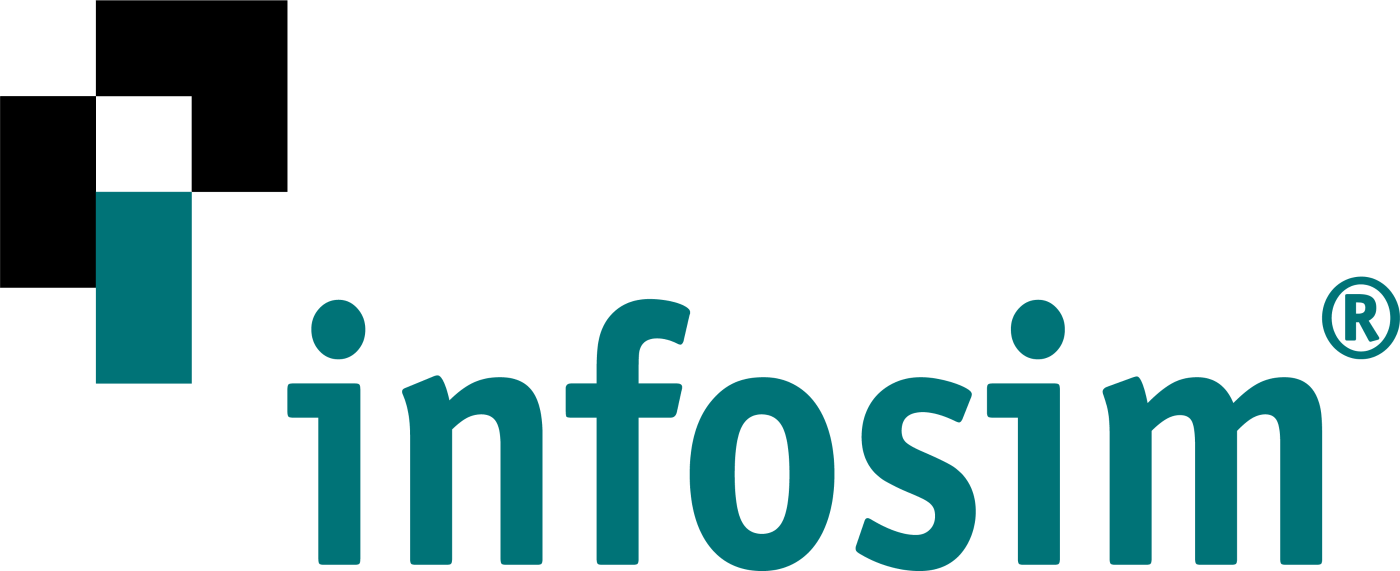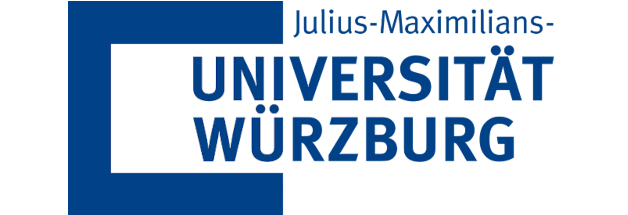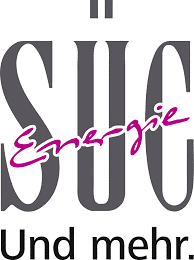GREENFIELD
GREen and ENergy monitoring for Future network Infrastructures Enabling also Large Deployments
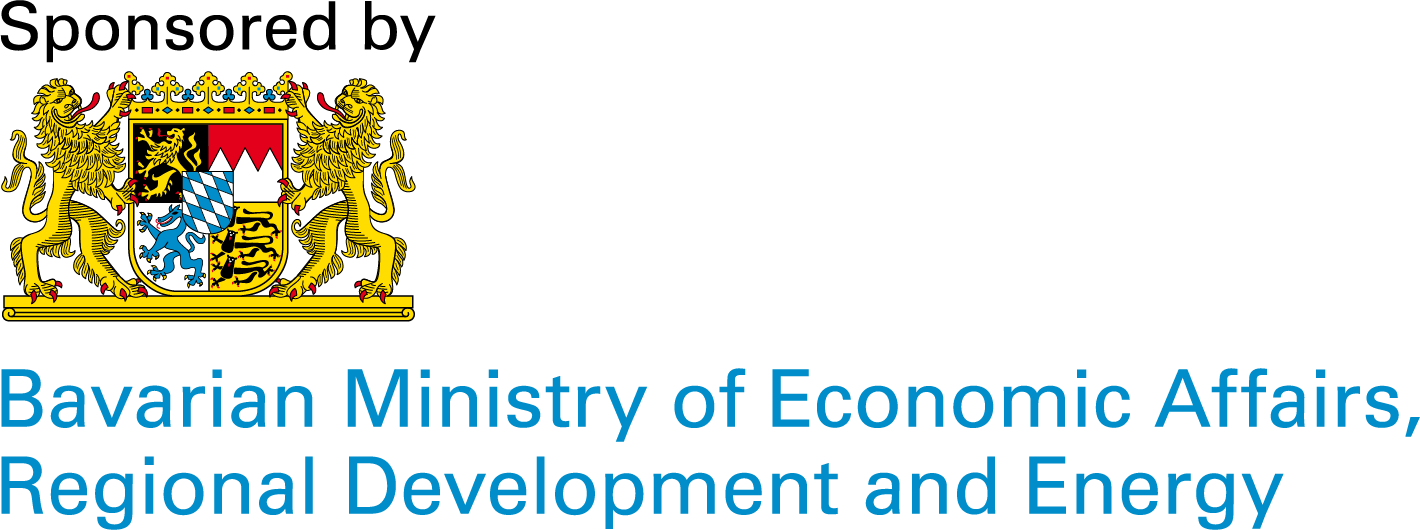
General Information
The energy and climate crises are social issues with highest significance. Energy consumption for data transmission alone has increased up to 60% worldwide in the last three years. It is essential to consider environmental sustainability aspects in addition to important metrics for describing network quality and QoS. To date, only a few metrics have been proposed, while metrics for other important components for sustainable communication networks are often still missing.
Project Goal
The main goal of GREENFIELD is to define metrics and models that enable sustainable monitoring of communication networks through systematic investigation tailored to various stakeholders, including communication network operators, business applications, and end-users.
Common methods for measuring energy efficiency, such as energy consumption per unit of transmitted data [kWh/GB], have limited significance and are only appropriate for certain applications or for comparing different systems. These metrics ignore important factors, such as network quality and the potential loss of data. Therefore, validated models are necessary to objectively measure and quantify the various dimensions of sustainability.
This quantification records savings and improvement potential in communication networks and business applications using green management. The project will use energy efficiency metrics to demonstrate this, with selected use cases as examples.
It is important to note that an energy-efficient solution may result in lower network or service quality for the end user in a worst-case scenario. Therefore, suitable green management must consider interdependencies in a balanced manner to meet requirements and objectives. Metrics and dimensions can aid in decision-making, and intelligent use of network components can unlock potential for improvement.
Energy-saving techniques include shutting down devices like routers or servers, distributing traffic efficiently through traffic control, and turning off unused links. Flexible processes, such as updates, can be scheduled for appropriate times to avoid energy consumption peaks or to make the most of renewable energy sources. One might also consider replacing older, less energy-efficient devices to reduce energy consumption and have a positive impact on CO2 emissions.
Infosim® – Our Focus
Our focus is on implementing a comprehensive network and service management system, including continuous network monitoring. It is important to address issues such as scalable and efficient measurement of relevant parameters, as well as the automated setup of suitable monitoring and configuration mechanisms. Additionally, it is necessary to develop appropriate visualization and data analytics methods to effectively present results to different groups of people. When analyzing data, it is crucial to ensure that it is clear and easy to explain.
Back to the Project Overview
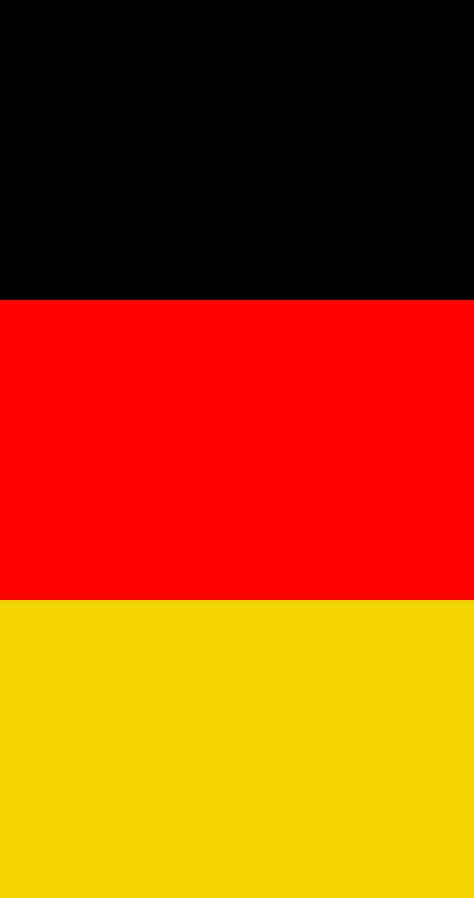
Software
Made in Germany

Software
Made in Germany
